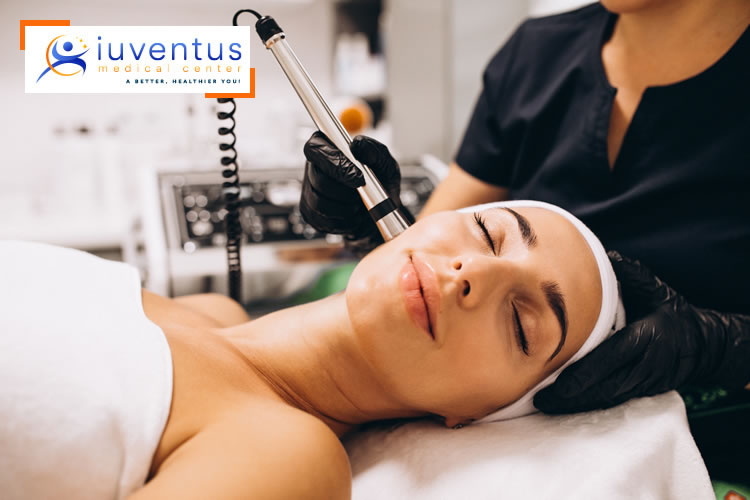What Does Microdermabrasion Do To The Skin?

Microdermabrasion is a negligibly obtrusive methodology used to reaffirm general skin tone and surface. It can improve the ill-effects of sun damage, wrinkles, almost negligible differences, age spots, acne scarring, melasma, and other skin-related concerns and conditions.
While microdermabrasion is viewed as a powerful treatment for making awful skin great and great skin better, what precisely does it do to the skin? Furthermore, more critically, does it do any damage?
Skin Deep:
The skin is the body’s biggest organ and a tad complex one at that. It is partitioned into three particular layers, every one of which has explicit purposes and capacity:
The epidermis is the peripheral layer that comprises fundamentally of dead skin cells yet additionally fills in as a defensive hindrance to everything from UV introduction to microbes and virus
The dermis is the center layer that contains the auxiliary pieces of the skin, including collagen and elastin.
Subcutaneous tissue is the base layer that contains fat and bigger veins.
Impacts on the Appearance of Skin:
Microdermabrasion works by making a modest quantity of injury to the skin, enabling the skin to repair itself in an increasingly composed manner. This can make more youthful, more advantageous looking skin. It is performed over a progression of medications, ordinarily six systems planned seven to 10 days separated.
Observable changes are normally noticeable after the main treatment. The skin will very quickly seem smoother, more beneficial, and revived. As the medications proceed, the skin will frequently turn out to be less slick, pores will turn out to be less noticeable, and thick areas of skin will look and feel more slender. Fine wrinkles can even show up smoother.
Repercussions on the Epidermis:
As the top layer skin, changes to the epidermis will be the most evident. Tiny assessment of the skin will show various procedures happening following microdermabrasion:
The epidermis will get thicker as new skin cells are being created all the more quickly. The cells themselves will be a lot bigger, which prompts the presence of more full, increasingly stout skin.
The cells in the lower layers of the epidermis will be sewn together in a progressively reliable “container weave” arrangement as opposed to an erratic style.
As the hindrance capacity of the epidermis will be disturbed in the initial 24 hours following the technique, the skin can show up a lot drier than expected. Nonetheless, the dryness will rapidly resolve itself, typically following seven days, as the recharged cells are increasingly fit for engrossing dampness.
Consequences for the Dermis:
While changes start to show up in the epidermis first, impacts work out positively past the surface layer. Truth be told, it is really the dermis that gets a considerable lot of the more drawn out terms benefits. Substance changes can happen very quickly, which makes the dermal layer become thicker and more beneficial.
Research proposes some extra advantages:
Microdermabrasion expands the quantity of collagen filaments, which become thicker, all the more firmly pressed, and all the more reliably sorted out.
The quantity of flexible strands likewise increments, and they are situated vertically rather than on a level plane, giving the dermal layer more “spring.”
The number and size of fibroblasts (the cells that make collagen) additionally increment.
